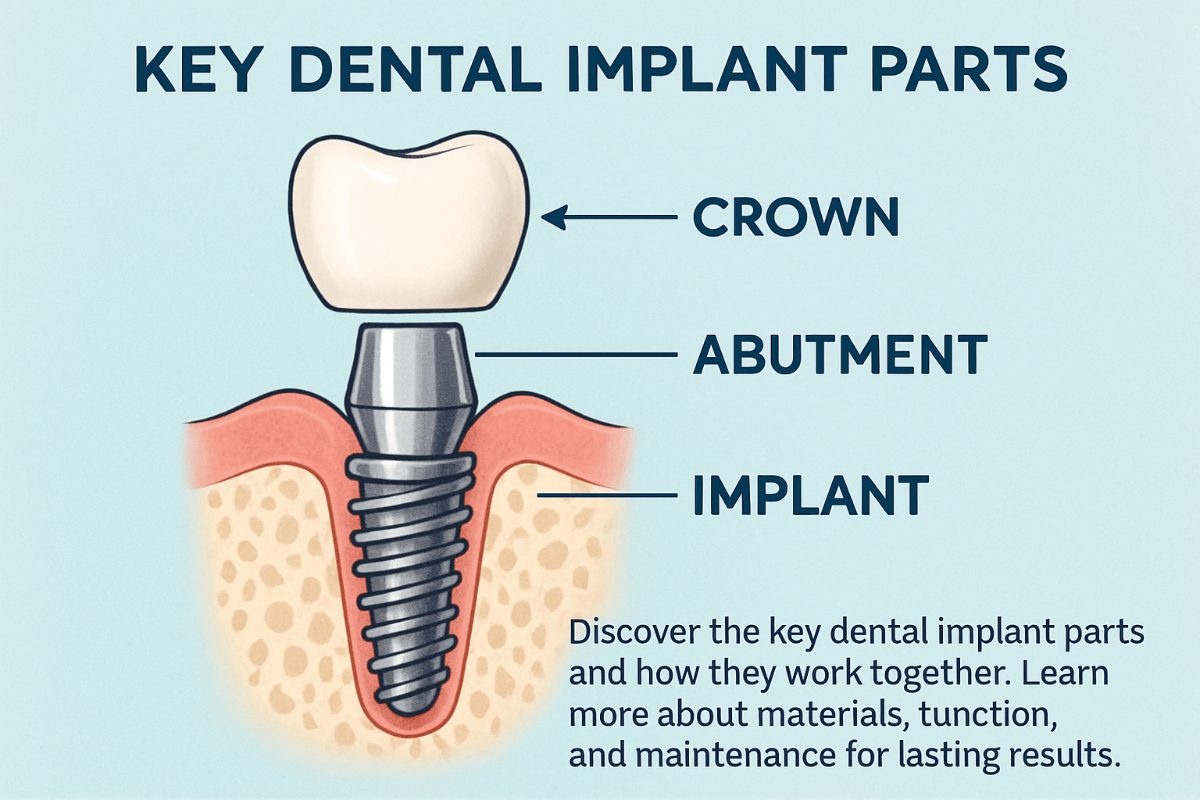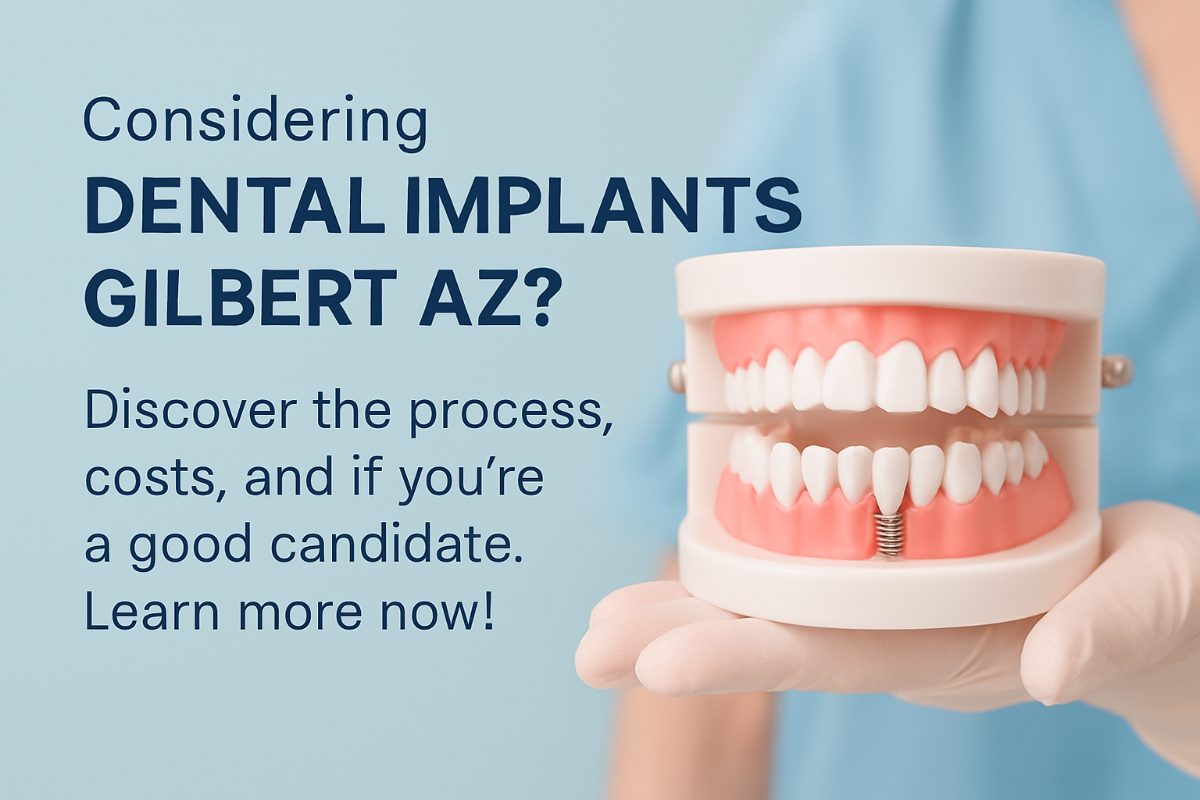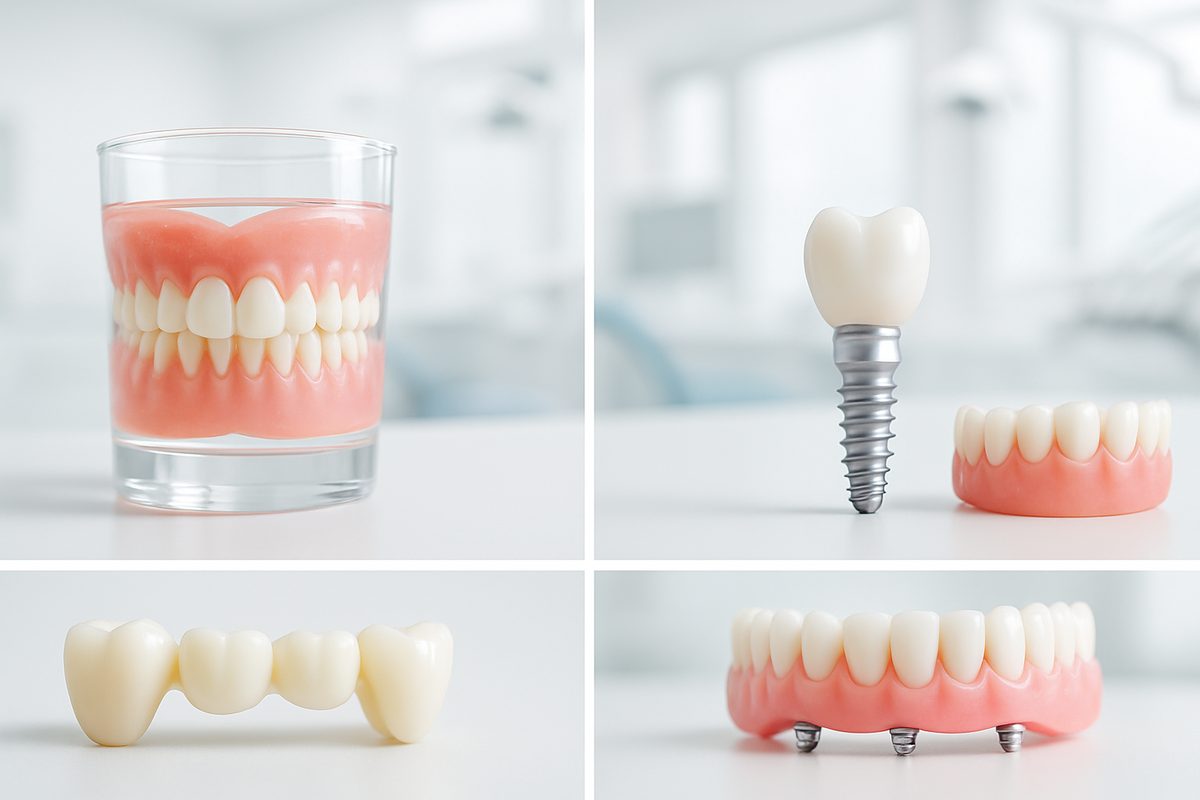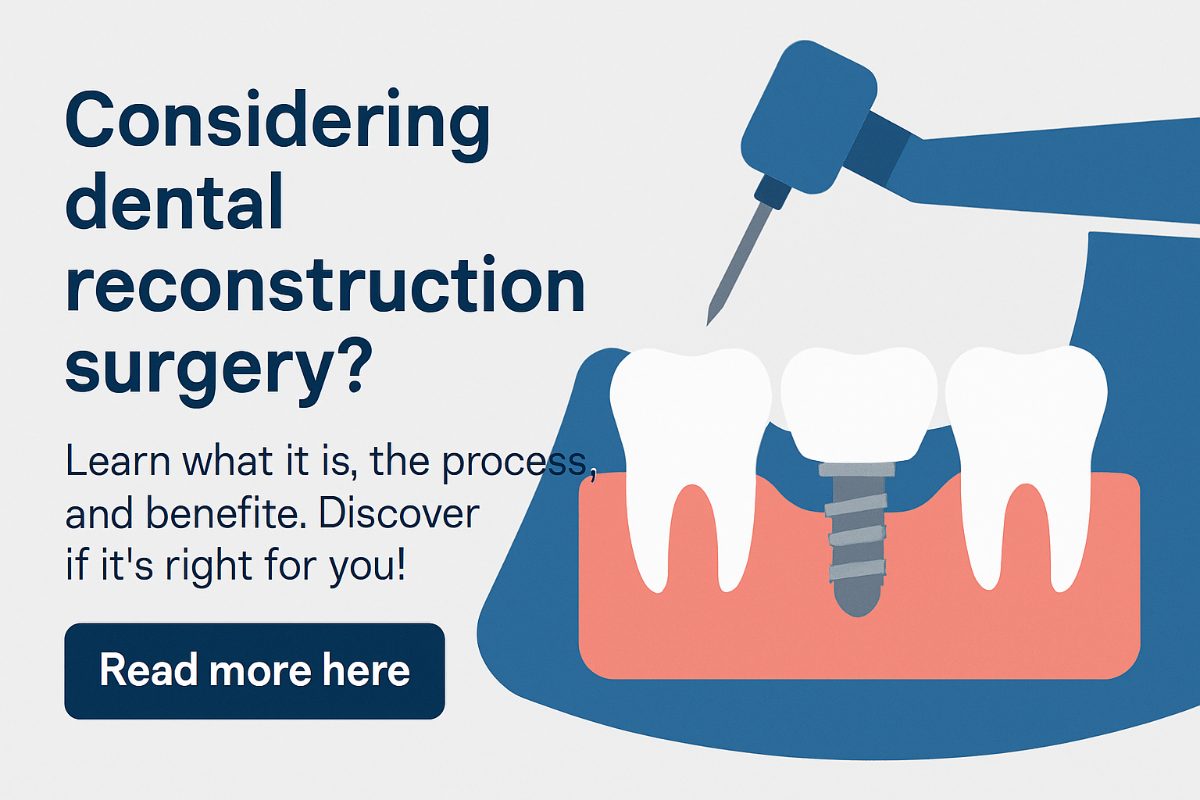Our Dental Blogs - Mesa, AZ
Tips, Facts, And The
Latest In Dentistry

The Complete Guide To The Single Implant Procedure: What To Expect
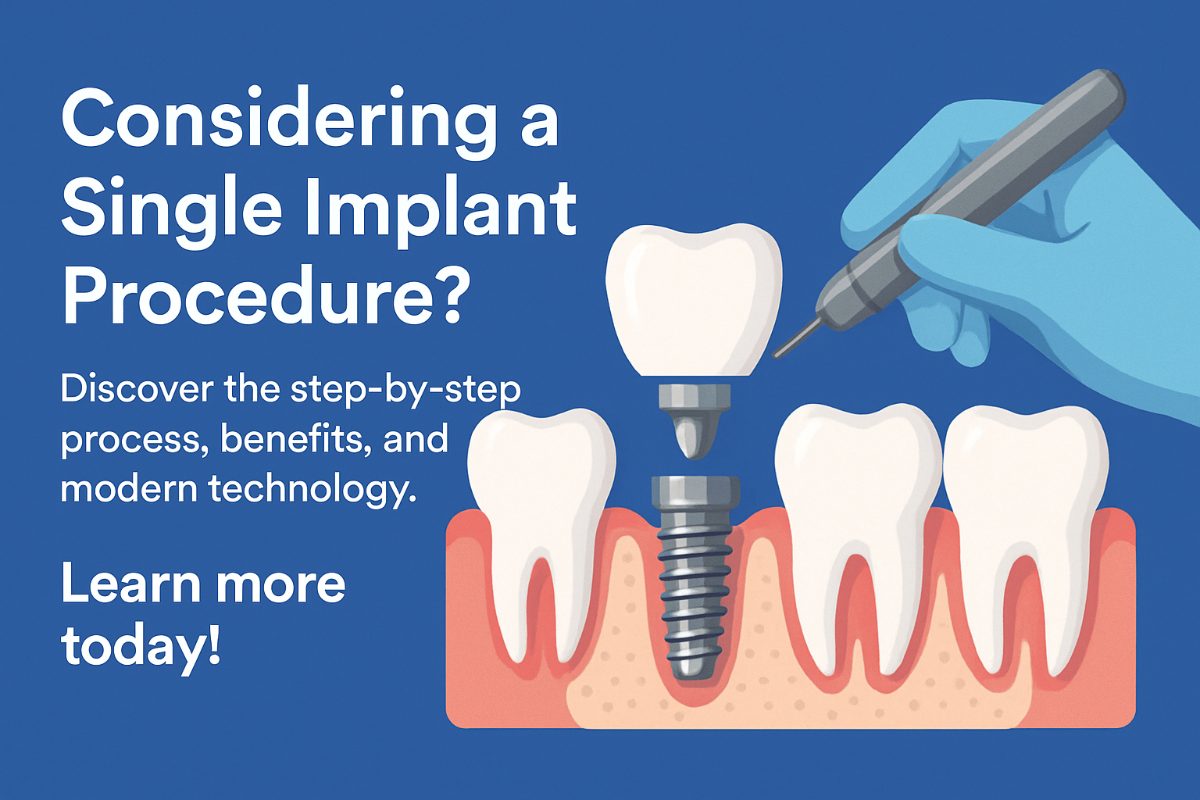
A single implant procedure replaces one missing tooth with a titanium implant, an abutment, and a custom crown. This guide explains what the single implant procedure involves, who is a good candidate, the step-by-step timeline, modern technology that improves outcomes, possible risks, cost and financing factors, and how to prepare for a consultation. You’ll also get a quick note on recovery and expected results so you know what to expect after treatment.
What Is a Single Implant Procedure?
A single implant procedure uses three main parts: the implant (a small titanium post placed in the jaw), the abutment (a connector), and the crown (the visible tooth). Unlike bridges or partial dentures, a single implant replaces only one tooth and does not rely on neighboring teeth for support. Implants restore chewing, speech, and appearance while preserving bone.
Who Is a Good Candidate for a Single Implant Procedure?
Good candidates have healthy gums, adequate jawbone volume, and controlled medical conditions. Chronic uncontrolled diabetes, heavy smoking, or untreated gum disease can raise risks. If bone is thin or missing, a bone graft may be recommended before or during the single implant procedure to ensure stable placement.
Step-by-Step: What To Expect During a Single Implant Procedure
Initial exam and digital treatment planning
Your dentist will take 3D BCT/CBCT scans and intraoral scans. Digital planning software and smile simulation help map ideal implant position for function and esthetics. This virtual plan guides the entire single implant procedure.
Surgical placement
Guided-surgery workflows and printed surgical guides translate the plan into precise implant placement. Sedation options range from local anesthetic to oral or IV sedation for comfort. Most single implant surgical visits take about 30–90 minutes depending on complexity.
Healing and osseointegration
After surgery the implant integrates with bone over weeks to months. Care includes soft diet, gentle oral hygiene, and short-term antibiotics or rinses if prescribed. In select cases, immediate-load restorations provide a temporary tooth the same day.
Abutment and final crown placement
Once integrated, an abutment is attached and a digital impression is taken. CAD/CAM fabrication creates a custom crown that matches shape and color. The crown is secured and adjusted for bite and comfort.
Follow-up and maintenance
Routine recall visits, professional cleanings, and daily brushing and flossing protect implant health. Avoid hard habits (ice, opening packages) to prevent damage.
How Modern Technology Improves the Single Implant Procedure
CBCT imaging, guided surgical guides, in-house CAD/CAM, 3D printing, and digital smile simulation increase accuracy, reduce appointment time, and improve esthetic outcomes for the single implant procedure in Mesa, AZ and elsewhere.
Risks, Complications, and How They’re Managed
Risks include infection, implant failure, or nerve irritation. Warning signs are fever, severe pain, swelling that worsens, or persistent numbness. Early detection, antibiotics, or revision surgery manage most issues.
Cost, Timeline, and Financing Considerations for a Single Implant Procedure
Costs vary with bone grafting needs, prosthetic type, and technology used. Timeline can be a few months to allow healing. Many practices offer financing, payment plans, or work with insurance for portions of the treatment.
Why Choose a Specialized Implant Center for Your Single Implant Procedure in Mesa, AZ
At a specialized center like Restore Denture and Implant Center, Dr. Alyssa Mencini and her team use on-site labs, BCT scanning, CAD/CAM, and 3D printing to streamline the single implant procedure in Mesa, AZ. Their focused experience improves predictability and comfort.
How To Prepare for Your Consultation
Bring medical history, meds, and photos of your smile. Ask about success rates, timeline, sedation options, costs, and what to expect during recovery. If you’re ready to learn if a single implant procedure is right for you, schedule a consultation to review personalized planning and costs.

